Come Connect with Us at TRB 2025!
January 5-9, 2025
Come Connect with Us at TRB 2025!
January 5-9, 2025
Published: November 13, 2024
Advancing Transportation Together.
Interested in joining Fehr & Peers? Visit us at the Career Fair on Sunday, January 5th, from 10:00 am to 2:00 pm in Exhibit Hall A, Booth #A111. Discover fulfilling opportunities with our team of transportation enthusiasts. We’re actively seeking Transportation Engineers and Planners.
APPLY NOW
Presenters & Sessions.
Discover us at TRB during our upcoming sessions! Our team is eager to connect with fellow professionals and exchange knowledge across diverse disciplines.
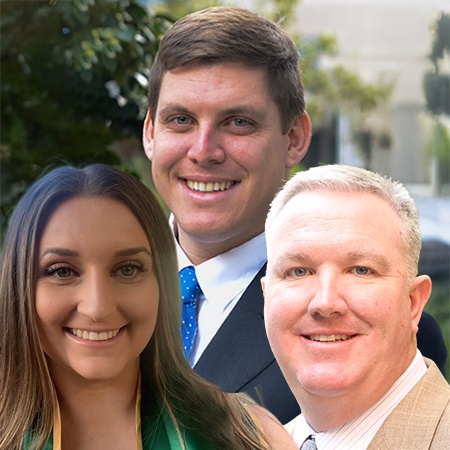
Change My Mind: Transportation Debate Challenge
January 5
9:00am – 12:00pm ET
Ian Barnes, Meredith Milam, Jason Pack
Workshop 1025

Cross-Cutting and Modal Issues Subcommittee
January 5
1:00pm – 2:00pm ET
David Stanek
ACP40(4)

Integrating AI in Logistics, Supply Chains, and Freight Planning: Navigating Challenges and Unlocking Opportunities
January 5
1:30PM – 4:30PM ET
Fatemeh Ranaiefar
Workshop 1063
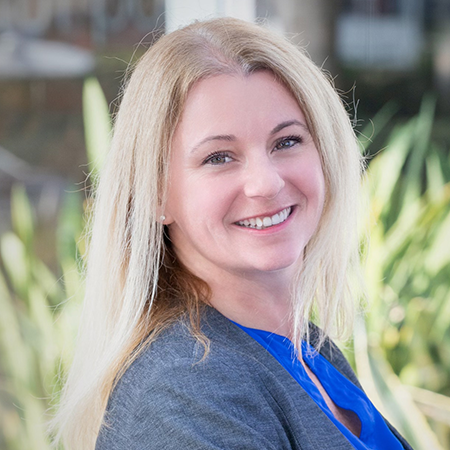
Knowledge and Know-How Supply Chain Workshop
January 5
1:30PM – 4:30PM ET
Jolene Hayes
Workshop 1066

Emergency Vehicle Travel Time and Speed Study in San Francisco
January 6
8:00AM – 9:45AM ET
Grace Chen
AT015(1)
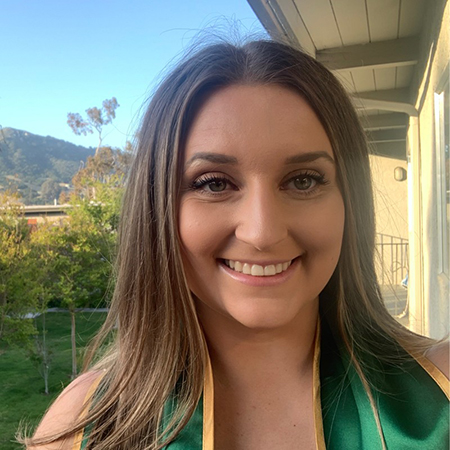
NEPA Tribal Land Evacuation Travel Time Assessment in California
January 6
1:30pm – 3:15pm ET
Meredith Milam
Lectern Session 2141
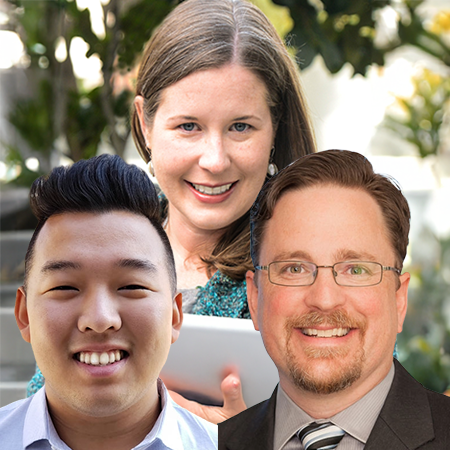
Getting a “W” for Safety: Flipping the Script on the Safety “Es” in Search of a Winning Strategy
January 7
8:00AM – 9:45AM ET
Megan Mitman, Terence Zhao, Adrian Engel
AT015(1)

Intermodal Freight Transport Committee
January 8
8:00am – 9:45am ET
Jolene Hayes
AT045
Additional Attendees.
Beyond the formal presentations, you might see some of our other staff throughout the conference. Feel free to initiate a conversation with any of these friendly faces!
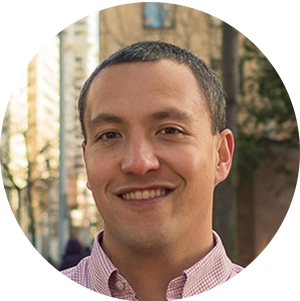
Chris Breiland
Seattle Office

Ron Milam
Roseville Office
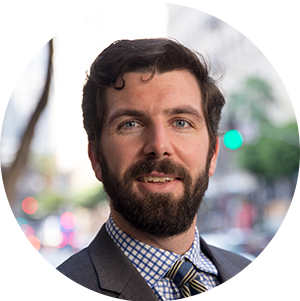
Cullen McCormick
D.C. Office

Kendra Breiland
Seattle Office

Natalie Chyba
Los Angeles Office
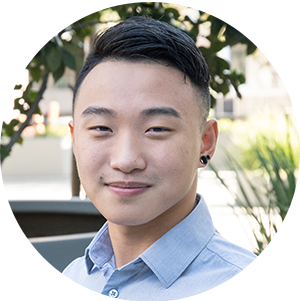
Diwu Zhou
Long Beach Office

Claude Strayer
San Diego Office

Nicole Waldheim
D.C. Office

Zahra Khan
D.C. Office

Jeremy Klop
Los Angeles Office

Eric Womeldorff
D.C. Office

Celia Escobar
D.C. Office

Charmelis Reyes
D.C. Office
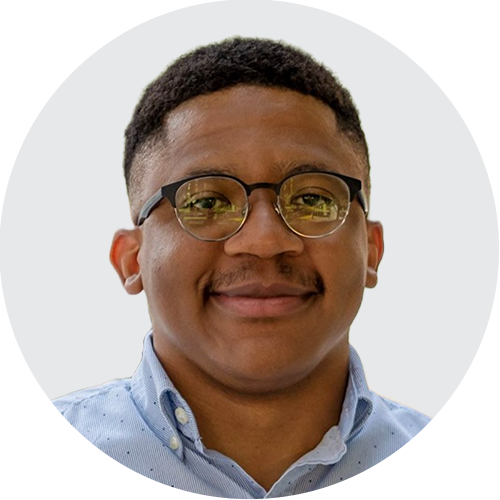
Tinotenda Jonga
Seattle Office

Jinghua Xu
Orange County Office

Chris Breiland
Seattle Office

Ron Milam
Roseville Office

Cullen McCormick
D.C. Office

Natalie Chyba
Los Angeles Office

Zahra Khan
D.C. Office

Kendra Breiland
Seattle Office

Celia Escobar
D.C. Office

Charmelis Reyes
D.C. Office

Jinghua Xu
Orange County Office

Tinotenda Jonga
Seattle Office

Diwu Zhou
Long Beach Office

Nicole Waldheim
D.C. Office

Eric Womeldorff
D.C. Office

Claude Strayer
San Diego Office

Jeremy Klop
Los Angeles Office
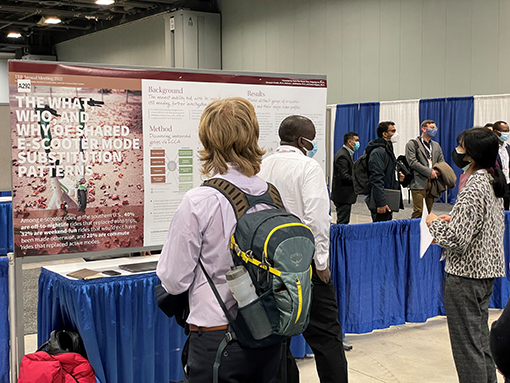
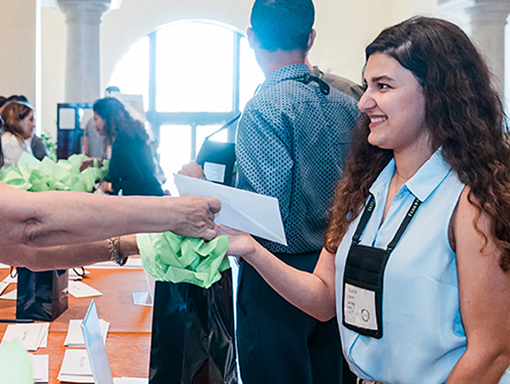
I have attended TRB in 2015, 2022 and 2023. I love attending this conference to meet up-and-coming transportation professionals! – Diwu Zhou, Long Beach Office
Explore What D.C. Has To Offer
Ready to stretch your legs? Need a bit of fresh (and chilly) air? Below are some local attractions suggested by Fehr & Peers staff that may pique your interest. With more time, consider crossing into Maryland, Virginia, Pennsylvania, or West Virginia to visit more beautiful, historic towns.



